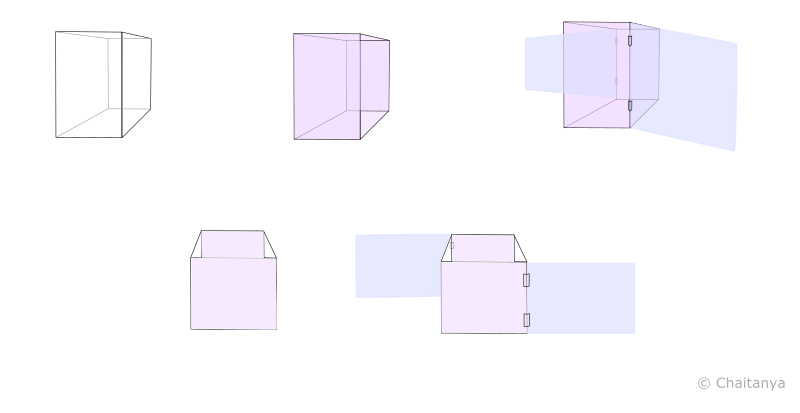Basic engineering design involves iterations of four major steps : designing, prototyping , testing and redesign.
The similarities in product development workflow in engineering and design industries are hard to miss. Agile methodology is used in abundance in both fields, while prototyping is an often neglected crucial step.
This happens, despite proven cases of early and iterative prototyping as a great method to bring forth design flaws.
One example comes to mind:
Not so long ago, while designing jewelry storage cases for a startup, we focused on a design that would double up as display & store decor for the startups tiny storefront.
An early drawing:
It would have been ideal to sit on these early sketches for a couple of days, before making any changes or adding detail.
However, with a few planks of wood and acrylic sheet’s lying about, we got straight to making the first physical prototype.
Some flaws were immediately apparent, others surfaced as we deliberated the design and usage.
Having an early prototype ready, allowed us to make the below design changes without multiple iterations:
- Using plywood and plastic to make the body – this dramatically reduced the weight of the case
- Added a small handle at the top of the box, so it would be easy to carry and handle
- Replaced the rivets to smaller ones to add to the minimalist look
- Used custom brass chains with fewer loops to use as jewel hangers
- Embedded a magnet clasp in the body so the “doors” would snap shut and not keep popping out
- Added a small hook handle to the doors for ease in opening the case
- Wood & glass as raw materials were replaced by plastic, ply and acrylic.
This kind of early prototyping, works best when the cost of making the prototype is really low.
Many would say that experienced carpenters would have provided time proven design and development ideas, thus rendering prototyping irrelevant. I would disagree, I believe that any design should be approached with fresh eyes – without prejudice on what successful design is or can be.
If design thought is tangled with best practices in the early stages, alternative ways of doing things tend to be neglected in favour of the tried and tested.

